BeamNG.Drive (commonly shortened to BeamNG) was originally released by developers BeamNG GmbH as a tech demo in 2013 and has been available as a Steam Early Access title since 2015.
Way back in May this year, we described how we love BeamNG.Drive (BeamNG) for its amazing physics and soft-body crash damage simulation. Following the v.024 Winter Release – including revamps of the Gavril H-Series and 1996 Ibishu Pessima – we took the opportunity to speak to Jared Samuelson, Vehicle Lead, and Nataliia Dmytriievska, Marketing and Communications manager, from the team behind the popular driving sim.
We wanted to know how the whole project started, what the developmental challenges are and where they hope to be in future.
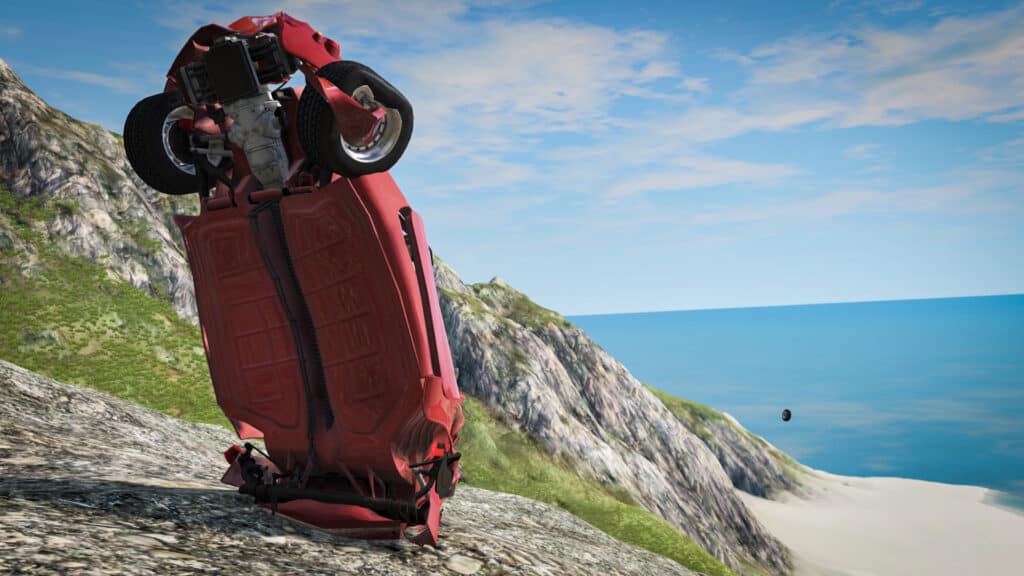
Jared’s own involvement in the BeamNG project began as a modder on Rigs of Rods – the predecessor to BeamNG. A few of the other Rigs of Rods modders decided to push the idea further, and worked on a tech demo using German developer Crytek’s CryEngine. The tech demo’s subsequent YouTube video went viral.
“We got over a million views on that video overnight,” Nataliia exclaims. “That doesn’t happen with videos very often, right?!”
She’s not kidding. The video caused a sensation among sim fans and the general YouTube community with its realistic physics and crash damage, and gave the team a solid foundation to work from.
One of our first questions to the pair was how exactly BeamNG.drive got its name – Jared kindly explained:
“You have two mass nodes, and they’re connected by a beam, and the beam can basically transfer energy, it can absorb energy, and once it’s compressed it can extend a certain length and [display properties such as] spring, dampening and rebound.
“When you have all these properties, all these forces flowing through the vehicle, you can simulate most materials on the vehicle realistically, and the vehicle could react realistically in any situation.
“That’s why the crashing is super-nice; or when the vehicle jumps and lands, the forces pass through the vehicle really satisfyingly.”
Essentially, each vehicle is made up of beams connected by mass nodes. These pass along simulated forces to create the amazing soft-body physics you find in BeamNG.drive.

So, what does the ‘NG.drive’ stand for?
“NG actually means Next-Generation. And the .drive is because we originally and to this day focus on the vehicle side primarily; so, cars. It’s possible to have other sorts of vehicles in the game… but officially that’s where our main focus lies,” explained Nataliia succinctly.
It was also revealed during the interview that we should expect an update before Christmas, with a new car confirmed – the Bruckell Bastion. BeamNG’s Twitter post also teased a reworking of the Civetta Bolide pictured in the background, confirmed by Jared during the podcast.
“I may or may not have forgotten to remove the Bolide remaster from the background of that one…”
This follows on from what the BeamNG team have done before with the likes of the Ibishu Pessima and Gavril H-Series.

For anyone wondering about the aims of the BeamNG team, Jared had this to say: “Our goal in BeamNG is realism and simulation over everything.” So if you’re expecting a sudden switch to a simplified handling and crash damage model then you’ll be disappointed. Thankfully.
We are excitedly looking forward to seeing what this dedicated team can do in future and the upcoming ‘Holiday Update’. If you’d like to hear more about what drives the team behind BeamNG plus some hints at future updates, then listen to the latest episode of the Traxion.GG podcast, available now on your favourite podcasting platform.

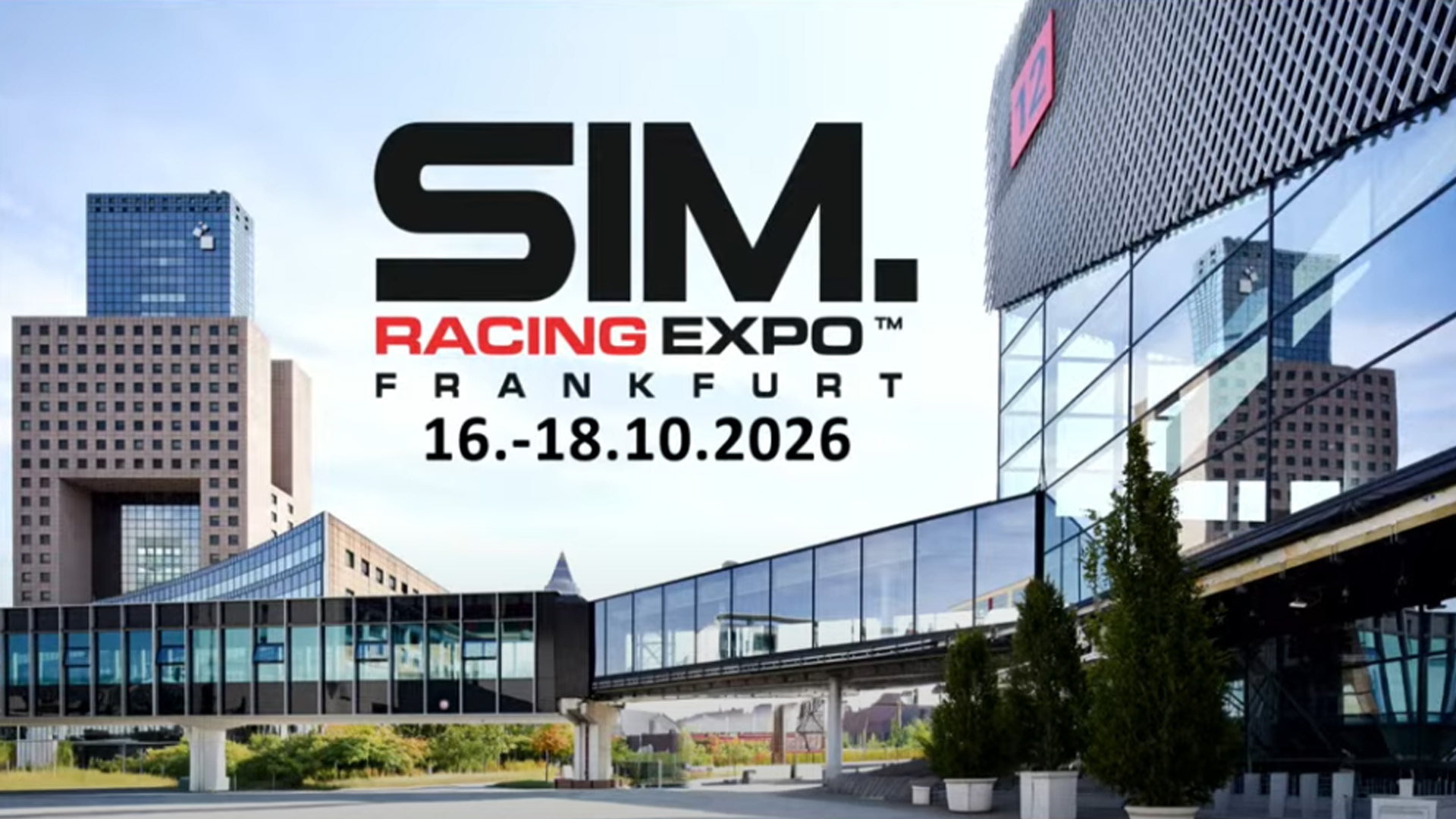
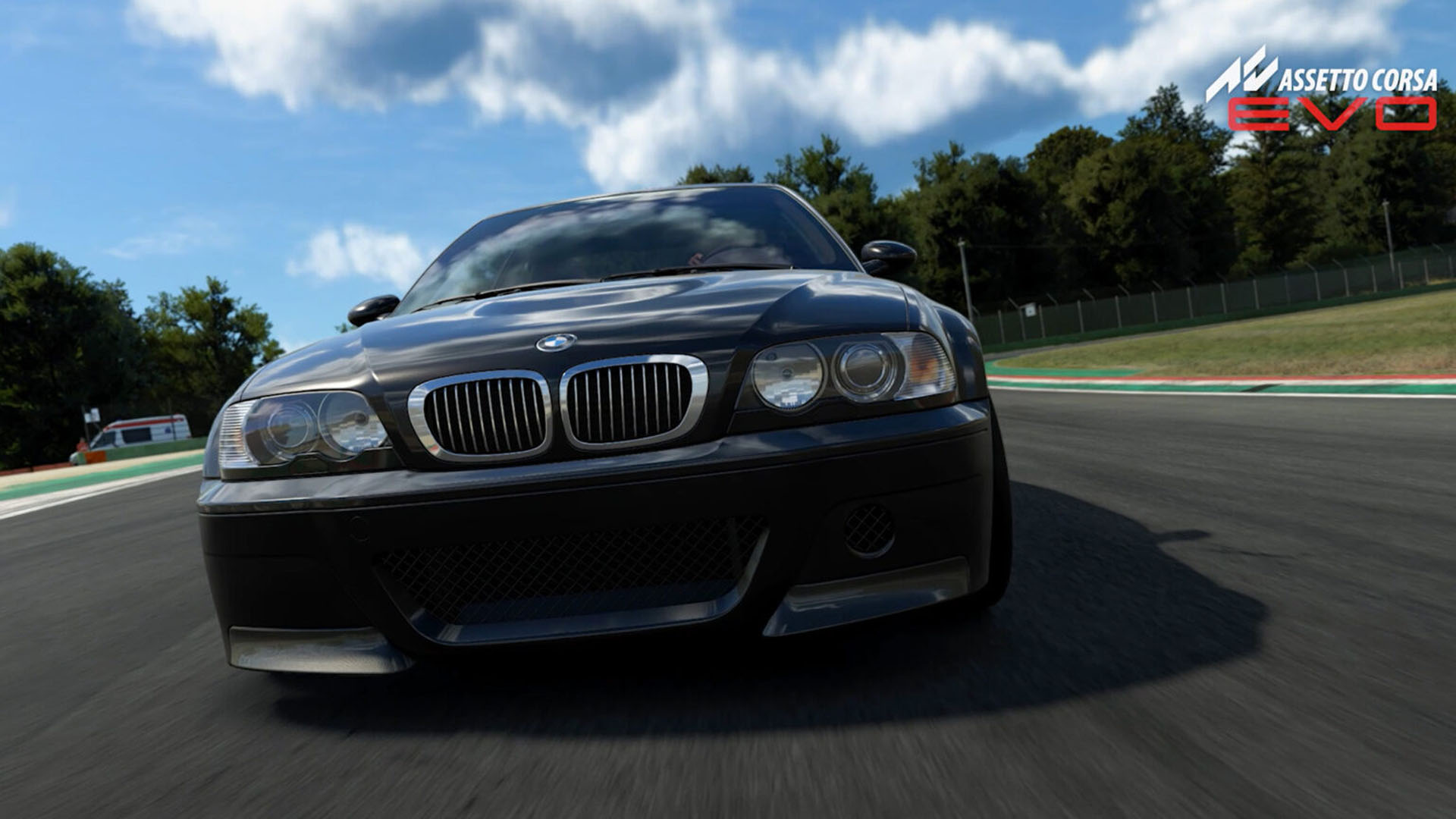
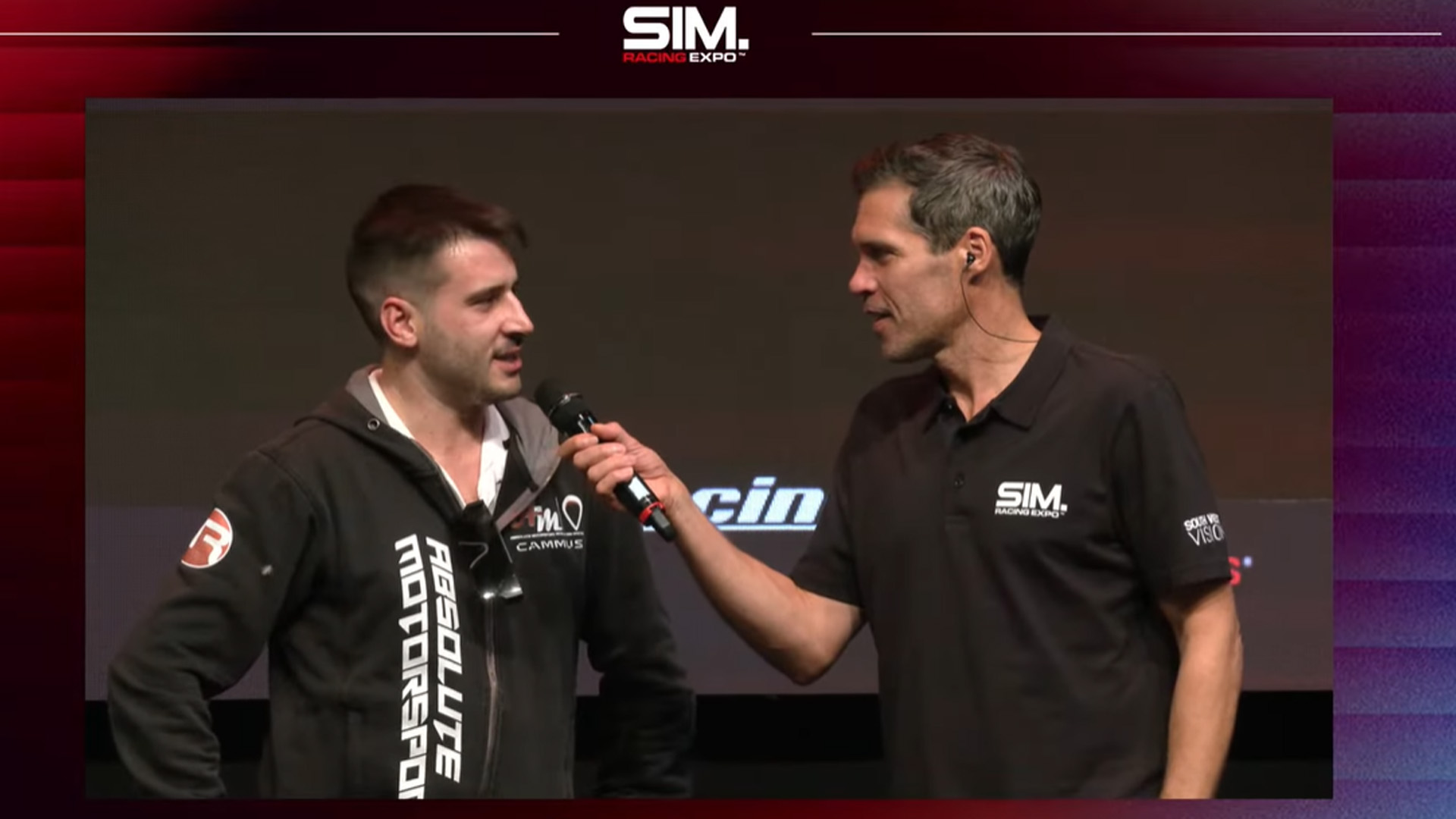
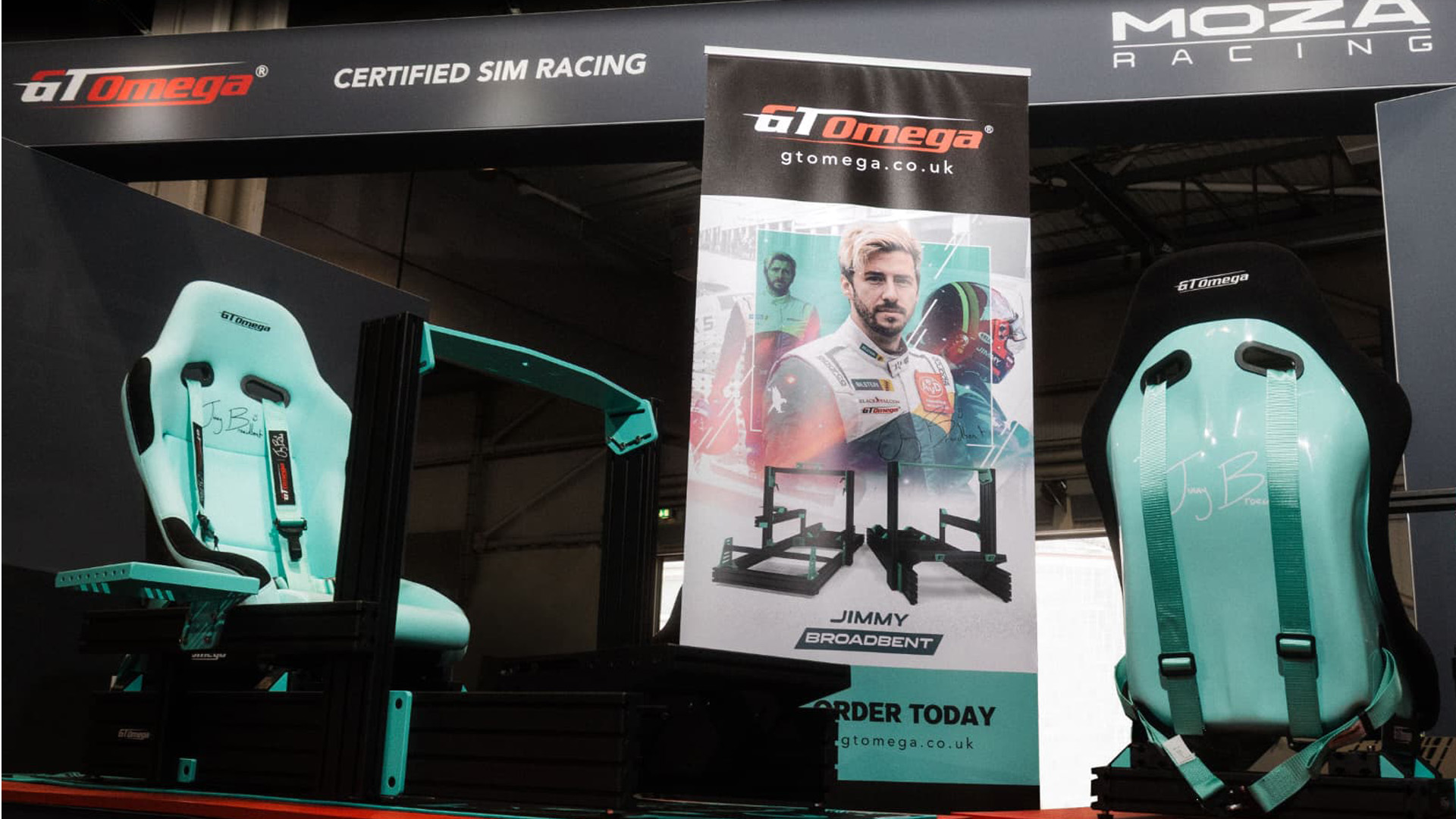
Chat with the Community
Sign Up To CommentIt's completely Free